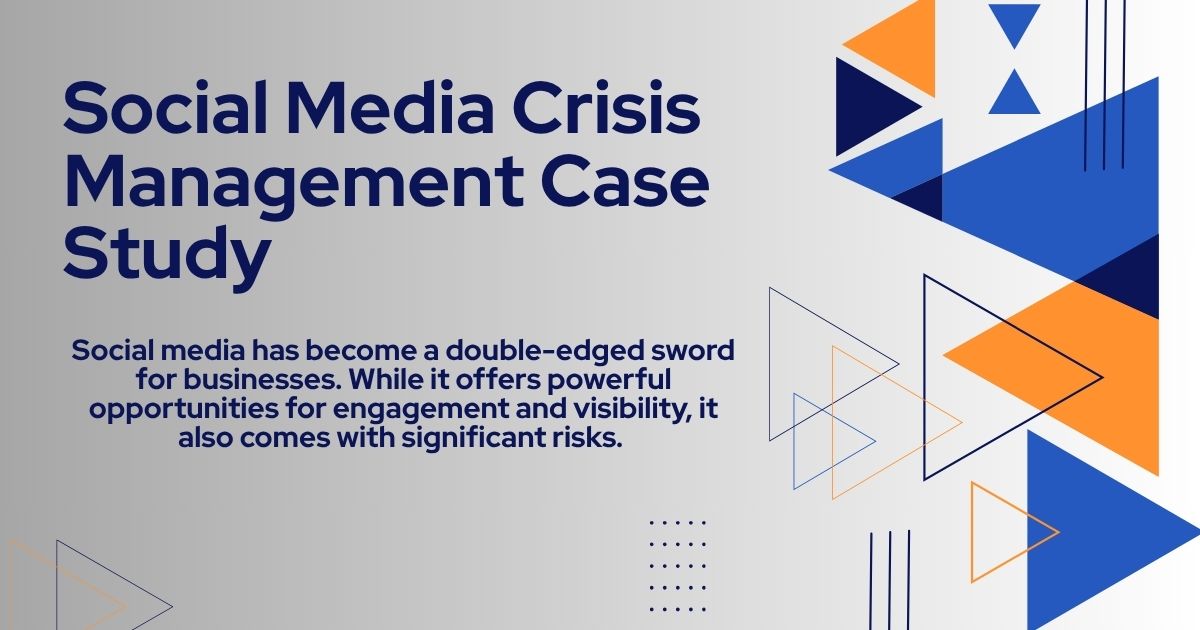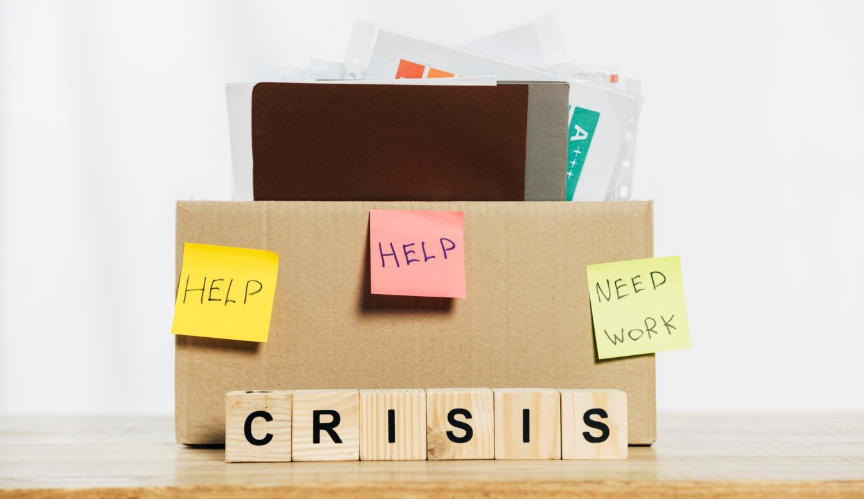
Social media has become a double-edged sword for businesses. While it offers powerful opportunities for engagement and visibility, it also comes with significant risks. A single misstep can escalate into a full-blown crisis, threatening a brand’s reputation. This blog examines a notable case of social media crisis management, exploring what went wrong and, most importantly, the lessons every business can learn to mitigate and recover from similar situations.
The Case Study at a Glance
Crisis: Remember 2017’s infamous Pepsi ad featuring Kendall Jenner? The ad aimed for a message of global unity but was widely criticized for trivializing social justice movements like Black Lives Matter.
Impact: Within hours, public backlash exploded online. The outcry spanned tweets, Facebook posts, and news coverage, making it one of the year’s most significant PR disasters. Pepsi was accused of being tone-deaf and capitalizing on serious issues for profit.
Response and Outcome: Pepsi removed the ad within 24 hours and issued a public apology. While they mitigated further damage with their quick action, the brand still faced lasting effects on its credibility.
Unpacking the Crisis

What Went Wrong
- Tone Deaf Messaging: The ad missed the mark. Attempting to represent unity and peace, it appeared to trivialize significant social and political movements.
- Lack of Diverse Input: Reports suggested that Pepsi’s internal team lacked diversity, leading to massive disconnects in understanding how the ad could be perceived.
- Failure to Test the Campaign: It’s unclear how thoroughly the ad was tested before being released. If it underwent focus group testing, the alarm bells ringing within these discussions were ignored.
Why the Backlash Spread Quickly
Social media’s viral nature can be a brand’s best friend or worst enemy. Pepsi experienced the latter. Influential individuals and activists openly rejected the ad on platforms like Twitter, sparking trending hashtags. It also didn’t help that competitors benefited by staying silent or casually chiming in with digs at Pepsi’s mishap.
Learn more about Emotional Intelligence in Crisis Communication
Pepsi’s Crisis Management Response
Step 1: Swift Action
Credit where it’s due, Pepsi recognized their mistake quickly. They removed the ad and issued a public apology within 24 hours of the backlash.
Step 2: Owning Up
Their statement acknowledged the hurt caused and sought to clarify their intent. While short, the apology avoided defensiveness.
Step 3: Revisiting Their Processes
Though actions taken behind the scenes at Pepsi remain closed to the public, we can reasonably assume the controversy led to significant internal review processes to avoid similar situations.
Lessons in Social Media Crisis Management
Whether you’re a global corporation or a small business, here’s what you can learn from Social Media Crisis Management:
1. Understand Your Audience
Misunderstanding or oversimplifying your audience’s values can do irreparable damage. Conduct thorough research to ensure your content aligns with their beliefs and concerns. This includes gathering input from diverse voices during the creation process, ensuring cultural, gender, and social sensitivity.
2. Test, Test, Test
Before publishing any campaign, particularly one involving sensitive topics, put it through rigorous scrutiny. Test it on diverse focus groups while soliciting honest feedback. Better to face minor criticism in testing than full-blown backlash online.
3. Respond Quickly and Transparently
Pepsi’s crisis could have worsened had they hesitated to take responsibility. Speed matters. Responding swiftly and clearly shows that you’re listening and are invested in resolving the issue.
4. Apologize Authentically
Avoid canned, generic apologies. Address the specific concerns raised by your audience and acknowledge your misstep directly. Sincerity in your response matters as much as the action you take afterward.
5. Learn from Mistakes
Every crisis, no matter how challenging, provides opportunities to improve. Use the experience to reevaluate processes, strengthen your strategies, and ensure your team is better equipped to handle future issues.
Bonus Insight
Social media crises often lead to polarization. Other stakeholders and organizations may feel validated when your brand falters. Therefore, every step you take to fix the issue must also communicate your willingness to move forward constructively.
How to Prepare Your Business for a Social Media Crisis

- Have a Crisis Management Plan
- A comprehensive plan for responding to social media crises is essential. It should include designated teams, a chain of communication, and response timelines.
- Monitor Conversations Proactively
- Invest in social media monitoring tools such as Hootsuite or Brandwatch. Early detection of negative sentiment can help you respond before a crisis spirals out of control.
- Train Your Team
- Regularly train your team to handle online controversies professionally and effectively. Use scenarios based on real-world case studies like Pepsi’s as part of your training exercises.
- Communicate Internally
- Ensure all employees understand the crisis management strategy. Consistent, unified internal communication helps avoid confusion or conflicting messages being released to the public.
- Partner with Crisis Experts
- An experienced PR or crisis management team can be invaluable in times of turbulence, steering your brand toward recovery.
Build Trust, Even Amid Crisis
Pepsi’s ad fiasco illustrates how quickly a brand can fall out of public favor. But it also underscores the importance of honest introspection. By responding quickly and genuinely, brands can begin to rebuild credibility and regain trust.
Social media is a powerful tool for businesses. Handle it poorly, and it could amplify your smallest mistake. Handle it strategically, and it can become an engine for growth, loyalty, and customer advocacy.
Is your business prepared to handle a social media crisis? Share your thoughts or experiences in the comments below—we’d love to hear your take on managing the unexpected through this highly volatile space.



















No Comments